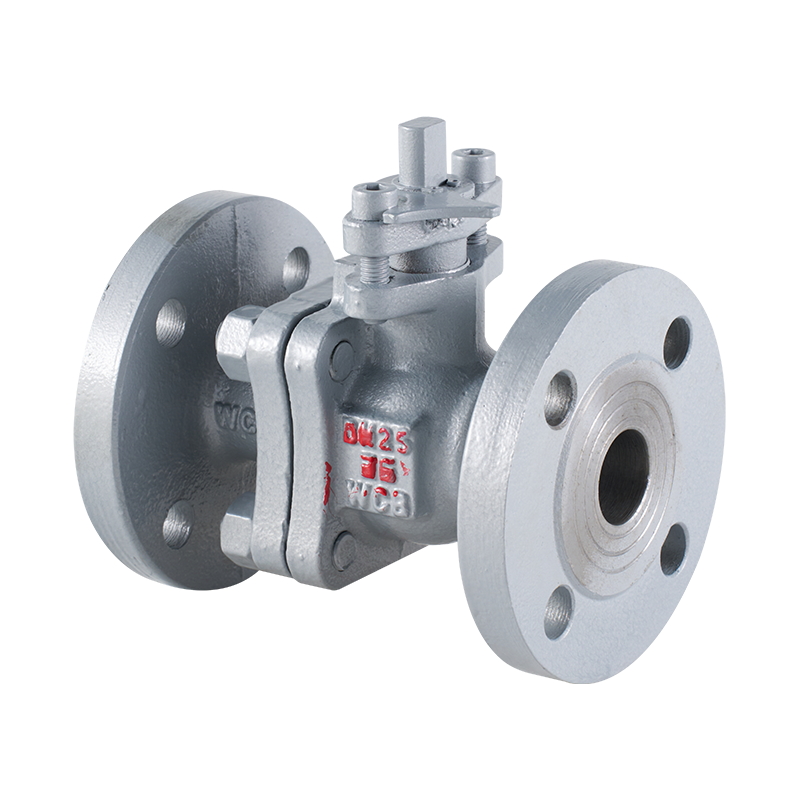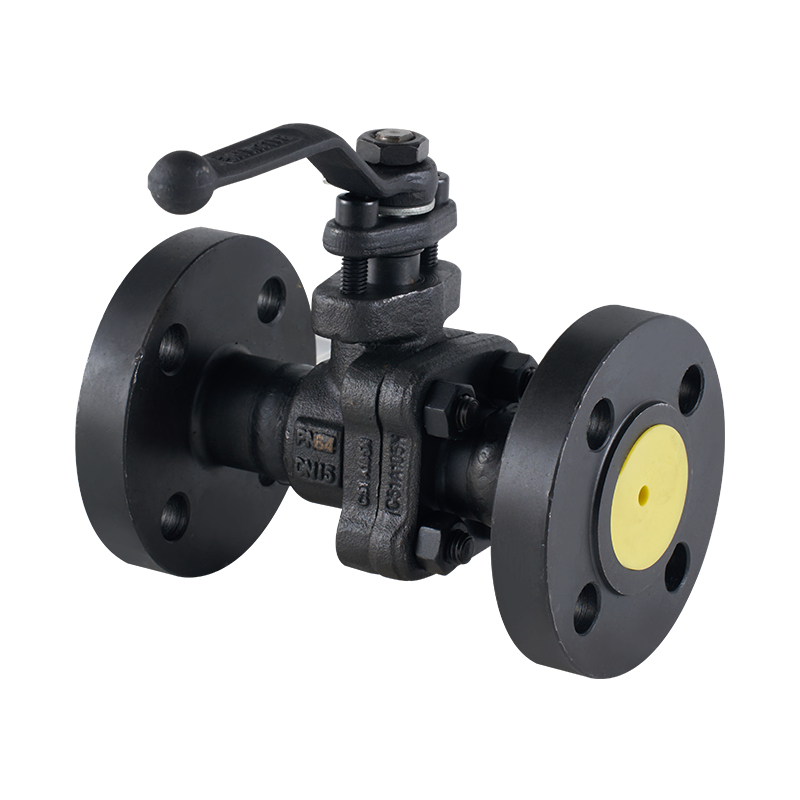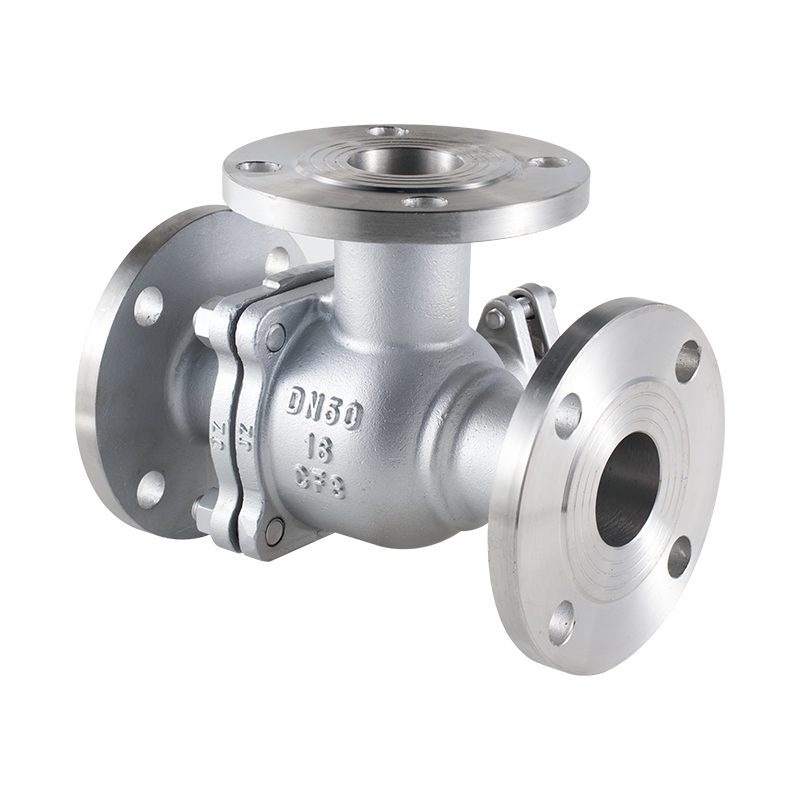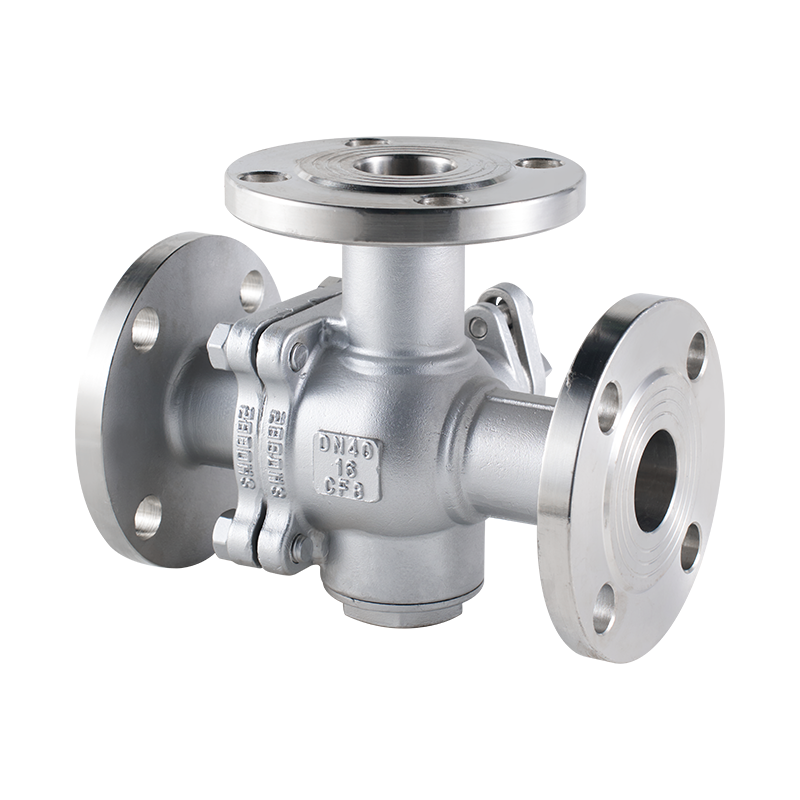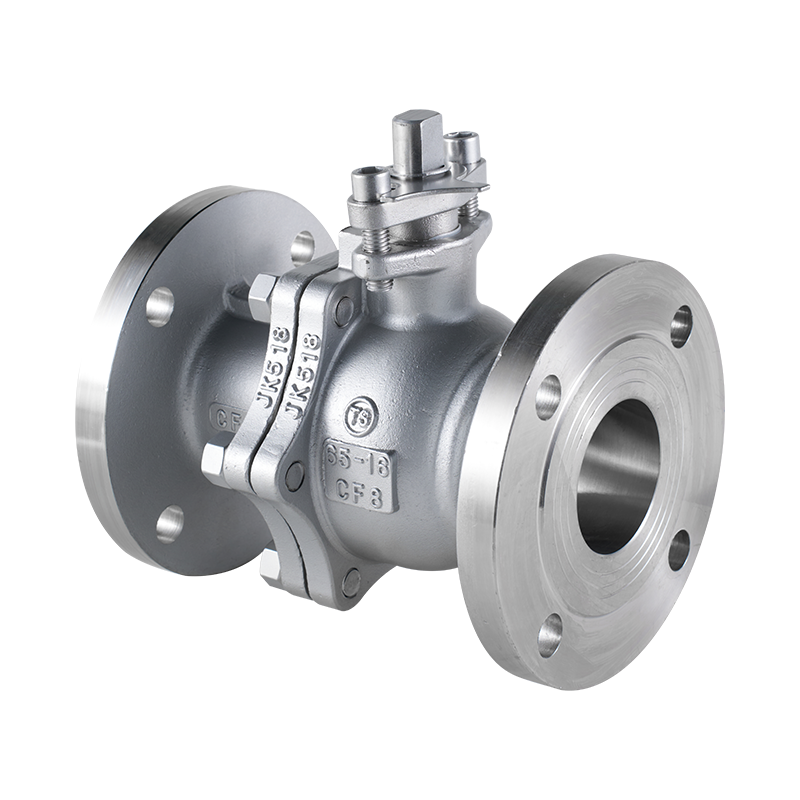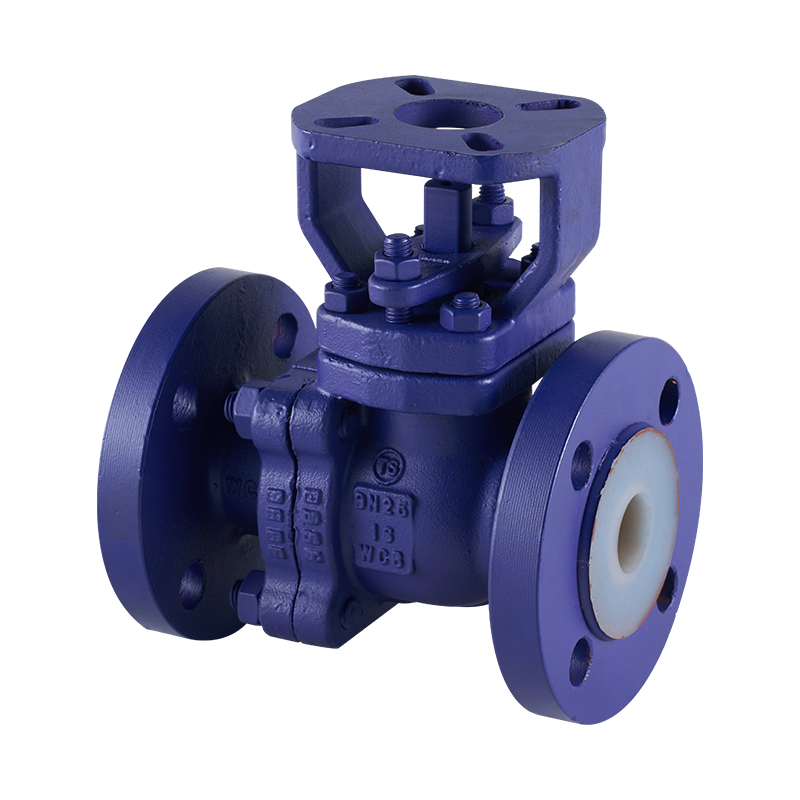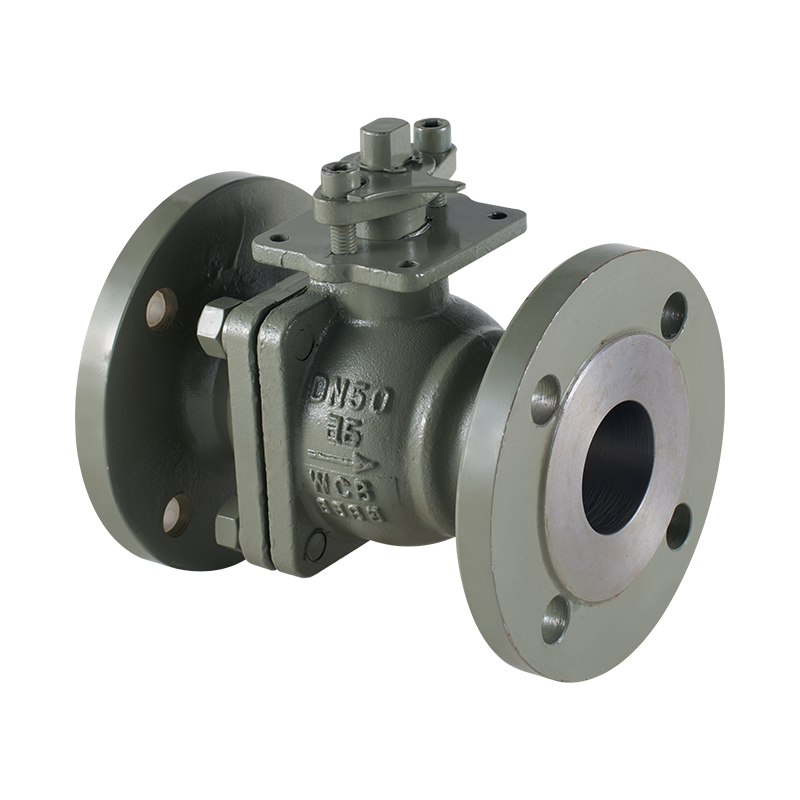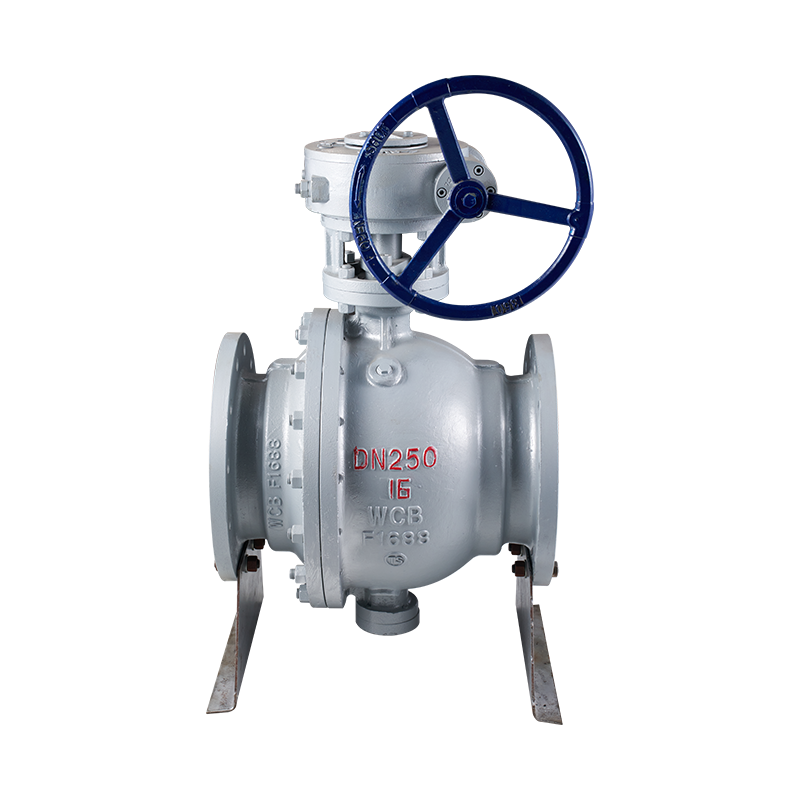The Flange Pipe Ball Check Valve 2 Inch has undergone significant performance improvements over the years, making it a crucial component in modern piping systems. Its role in preventing backflow while allowing smooth flow of fluids in one direction has made it indispensable in various industries, including water treatment, chemical processing, and oil and gas.
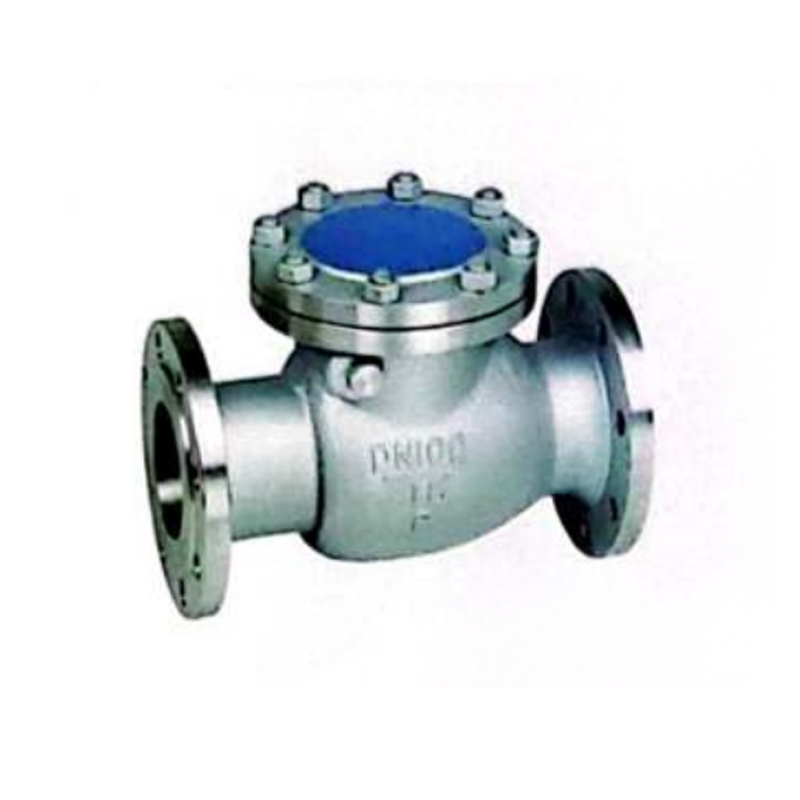
1. Enhanced Sealing Mechanisms
One of the notable improvements in the Flange Pipe Ball Check Valve 2 Inch is the advancement of its sealing mechanisms. Earlier models often struggled with achieving sealing, bring about potential leaks and reduced operational efficiency. Over time, manufacturers have focused on designing more reliable sealing systems to address this issue.
Modern Flange Pipe Ball Check Valve 2 Inch models feature advanced sealing materials like PTFE, elastomers, or composite seals, which are more resistant to wear, corrosion, and thermal expansion. These seals maintain their integrity under a wider range of pressures and temperatures, thus significantly reducing the risk of leakage and improving the overall reliability of the valve.
Moreover, the improved sealing system ensures a more effective shut-off, which is especially important in preventing backflow in applications where fluid contamination or system damage is a serious concern. This performance improvement has made the Flange Pipe Ball Check Valve 2 Inch even more critical in industries that deal with hazardous or sensitive fluids.
2. Stronger and More Durable Materials
The material used in the construction of the Flange Pipe Ball Check Valve 2 Inch has also evolved significantly. Older versions often used cast iron or carbon steel, which, while functional, were prone to corrosion and wear over time, particularly in aggressive environments. In response to these limitations, modern versions of the Flange Pipe Ball Check Valve 2 Inch are now made from more advanced materials such as stainless steel, bronze, and alloys with enhanced corrosion resistance.
Stainless steel, for example, offers improved resistance to both corrosion and high-pressure conditions, making it an ideal choice for applications in industries like water treatment, chemical processing, and pharmaceuticals. This has extended the lifespan of the Flange Pipe Ball Check Valve 2 Inch and reduced the need for frequent maintenance or replacement, contributing to lower operational costs over time.
In addition, the use of forged materials in place of cast designs has further enhanced the valve's strength and integrity. Forged materials tend to have a more uniform grain structure, which results in improved mechanical properties, such as higher tensile strength and better resistance to fatigue. This enhancement has made the Flange Pipe Ball Check Valve 2 Inch more reliable in systems that require robust performance under fluctuating pressures and harsh operating conditions.
3. Improved Flow Control
The performance of the Flange Pipe Ball Check Valve 2 Inch in terms of flow control has also been optimized. Early versions of this valve design had limitations in terms of flow efficiency due to resistance within the valve body. However, modern designs have been streamlined for improved flow characteristics.
The internal geometry of the valve has been optimized to minimize flow restrictions. For example, the ball inside the valve has been designed to provide a more seamless, unobstructed path for fluid to pass through. This design change helps to reduce the pressure drop across the valve, bring about better energy efficiency and less strain on pumps and other equipment in the system.

 English
English 中文简体
中文简体


